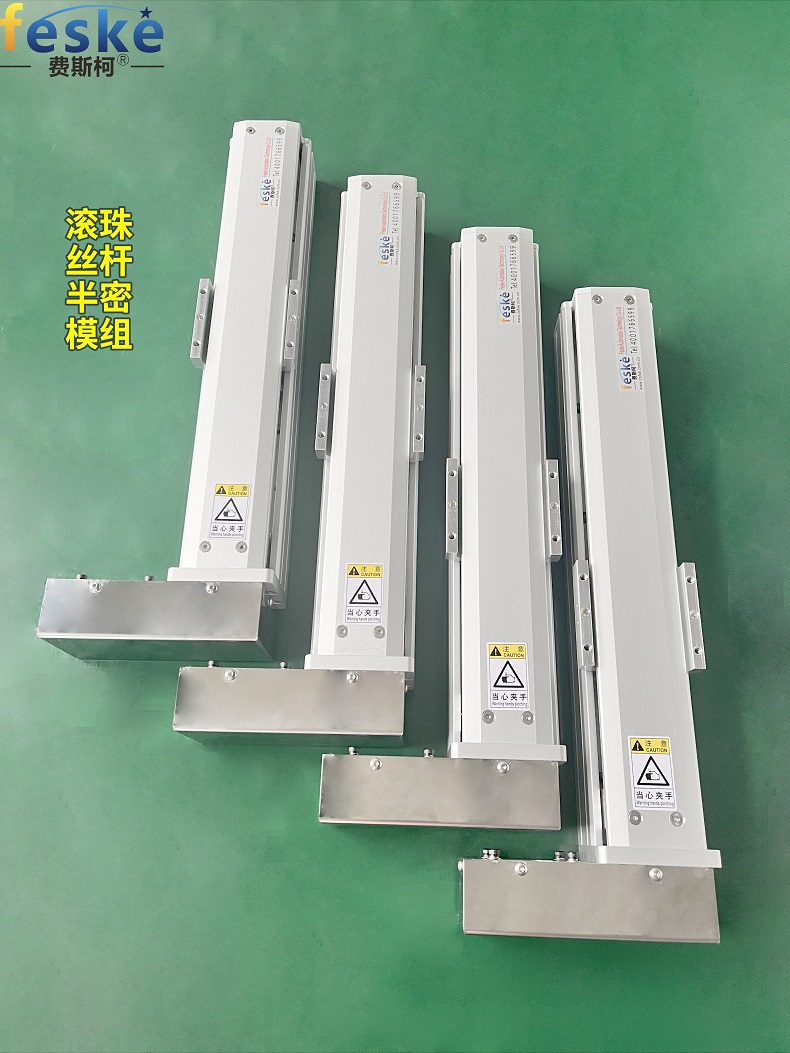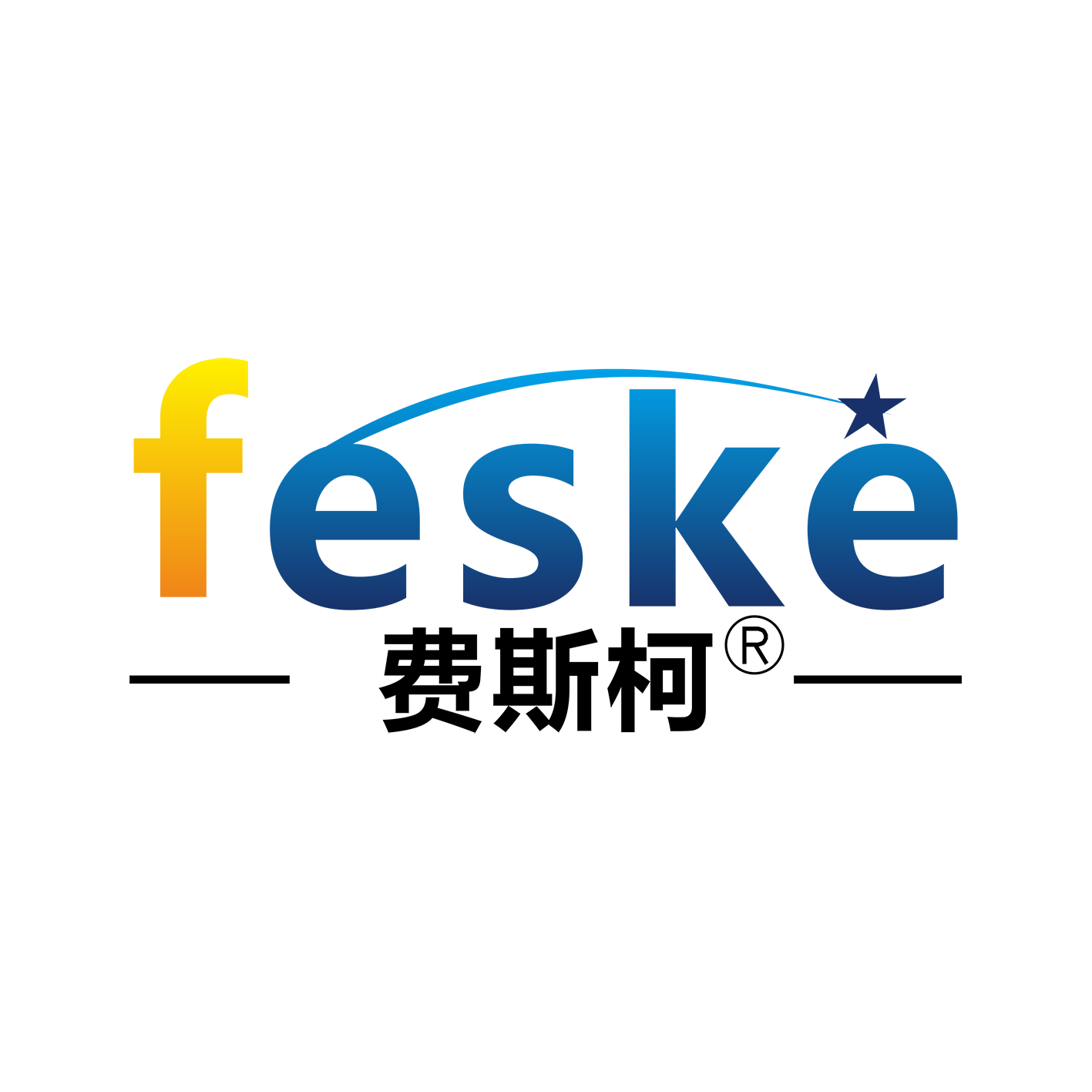The selection of linear module slide table needs to comprehensively consider the following core parameters and application requirements, which are specifically divided into the following points:
1、 Basic parameters
Load capacity
It is necessary to calculate the maximum static load (weight of workpiece and fixture) and dynamic load (including acceleration and deceleration inertial forces) to ensure that the load-bearing capacity of the module meets the requirements.
Simultaneously verify the allowable torque (the torque values in all directions under static and acceleration/deceleration states).
Travel and speed
Select the effective stroke based on the operating range. The screw module has a limited stroke, while the belt module can support longer strokes but with increased error.
The speed should be determined based on the lead and motor performance, and acceleration limitation should be given priority for high-speed applications (screw module acceleration ≤ 0.17G, belt module acceleration ≤ 0.4G).
2、 Environment and Installation
Usage environment
Open modules can be selected for ordinary environments, while closed structures are required for dusty, humid, or corrosive environments.
Special materials and protective designs are required for high or low temperature environments.
Installation direction
Horizontal, vertical, or side mounted installation affects the force distribution of the module, and vertical installation requires additional calibration of motor power and load torque.
3、 Accuracy and Performance
Repetitive positioning accuracy
The precision of the screw module is ± 0.01~0.02mm, and the precision of the belt module is ± 0.05~0.1mm. Grinding grade screws are preferred for high-precision scenarios.
The longer the travel, the greater the error. It is necessary to balance the travel and configuration according to the accuracy requirements.
Dynamic stability
Frequent start stop or high-speed scenarios require attention to the rigidity of the guide rail, the type of slider, and the response speed of the transmission system to avoid vibration or crawling phenomena.
4、 Structure and Configuration
Core component selection
The brand of guide rail, screw (or synchronous belt), and motor directly affects the service life and accuracy (such as higher stability of imported accessories).
Screw rods are suitable for high-precision, medium low speed scenarios, while belts are suitable for long stroke, high-speed, and light load scenarios.
Motor matching
Choose servo or stepper motor based on load and speed requirements, and verify power, torque, and brand compatibility.
5、 Safety and Maintenance
Security Design
Buffer devices should be installed at extreme positions to avoid impact damage.
The travel limit switch method needs to be clearly defined (photoelectric/mechanical).
Maintenance cost
The lubrication cycle, cleaning difficulty, and replacement cost of accessories need to be evaluated in advance.
6、 Comprehensive selection process
Clearly define core parameters such as load, travel, speed, and accuracy.
Choose the protection level and installation direction according to the environment.
Verify dynamic performance (acceleration, stability) and allowable torque.
Choose the appropriate guide rail, screw/belt, and motor configuration.
Verify security design and long-term maintenance costs.
Through the multi-dimensional matching mentioned above, the efficient operation of the linear module slide table can be ensured and its service life can be extended.



